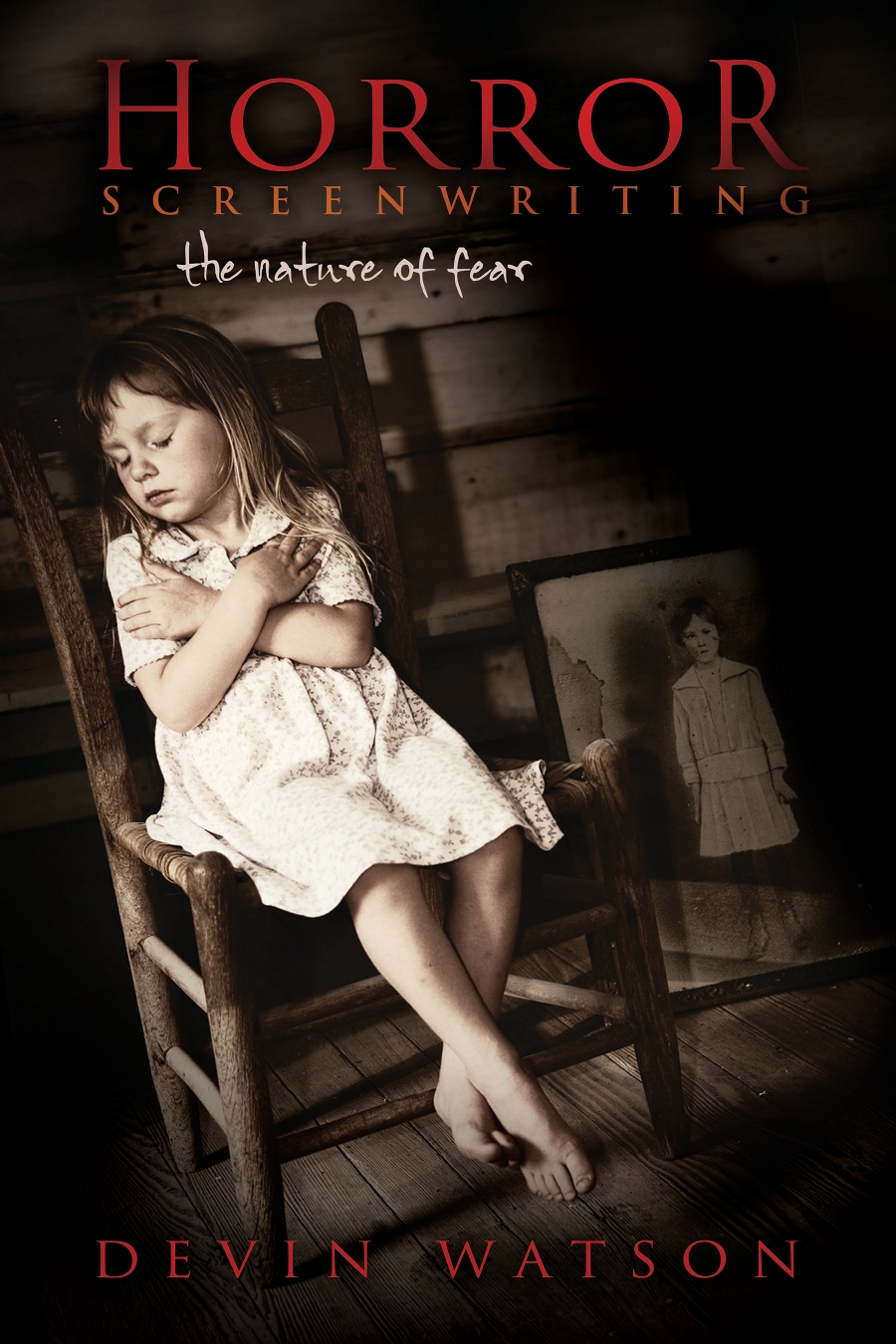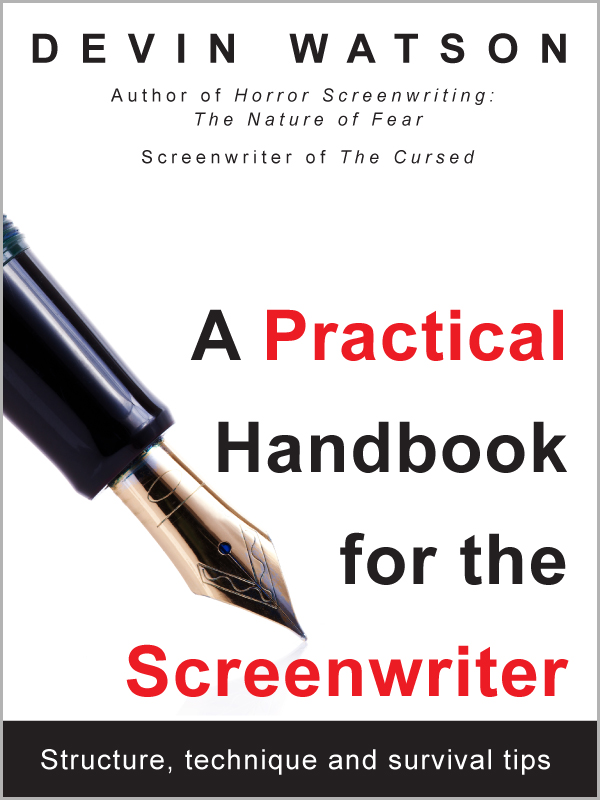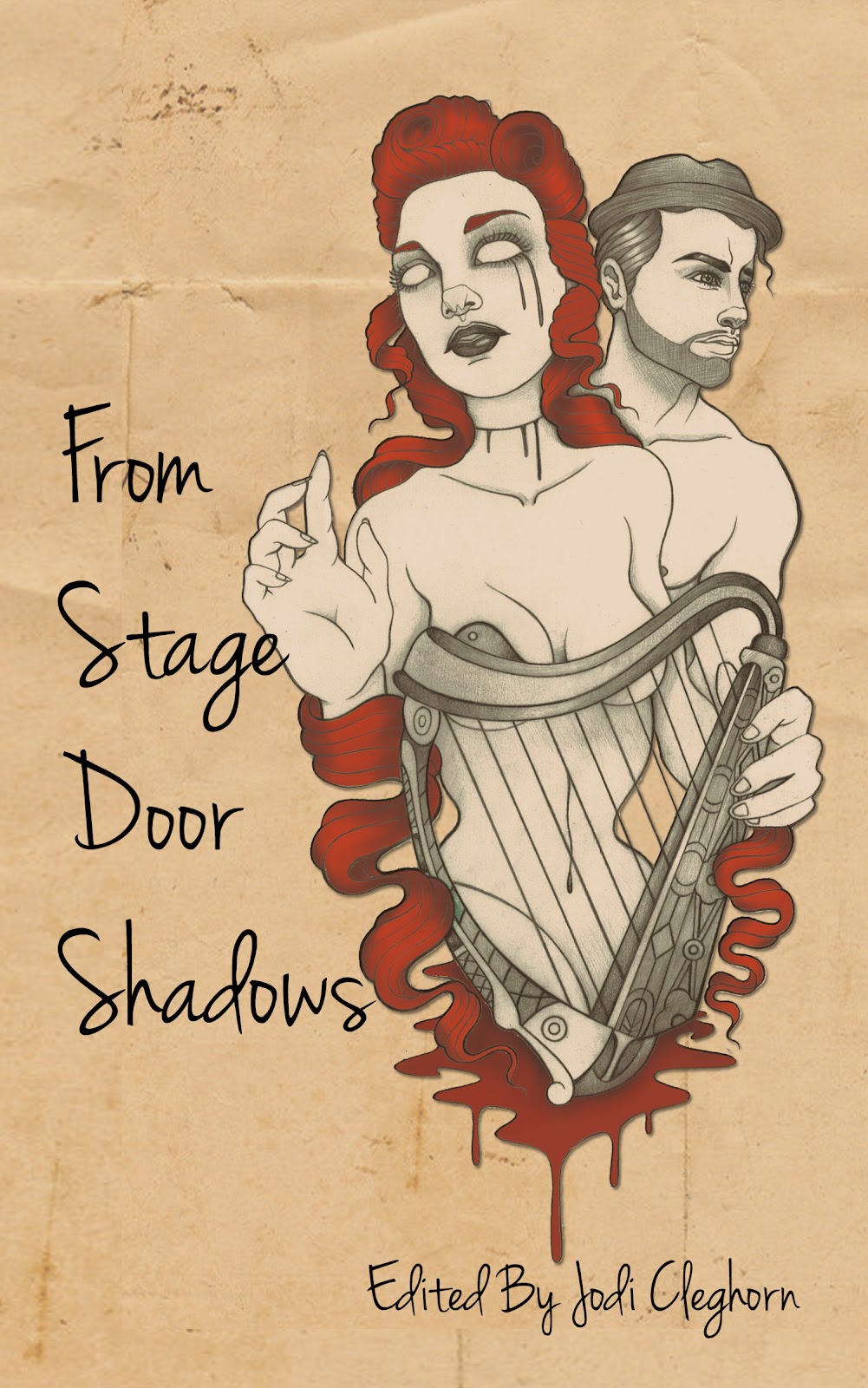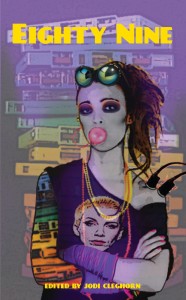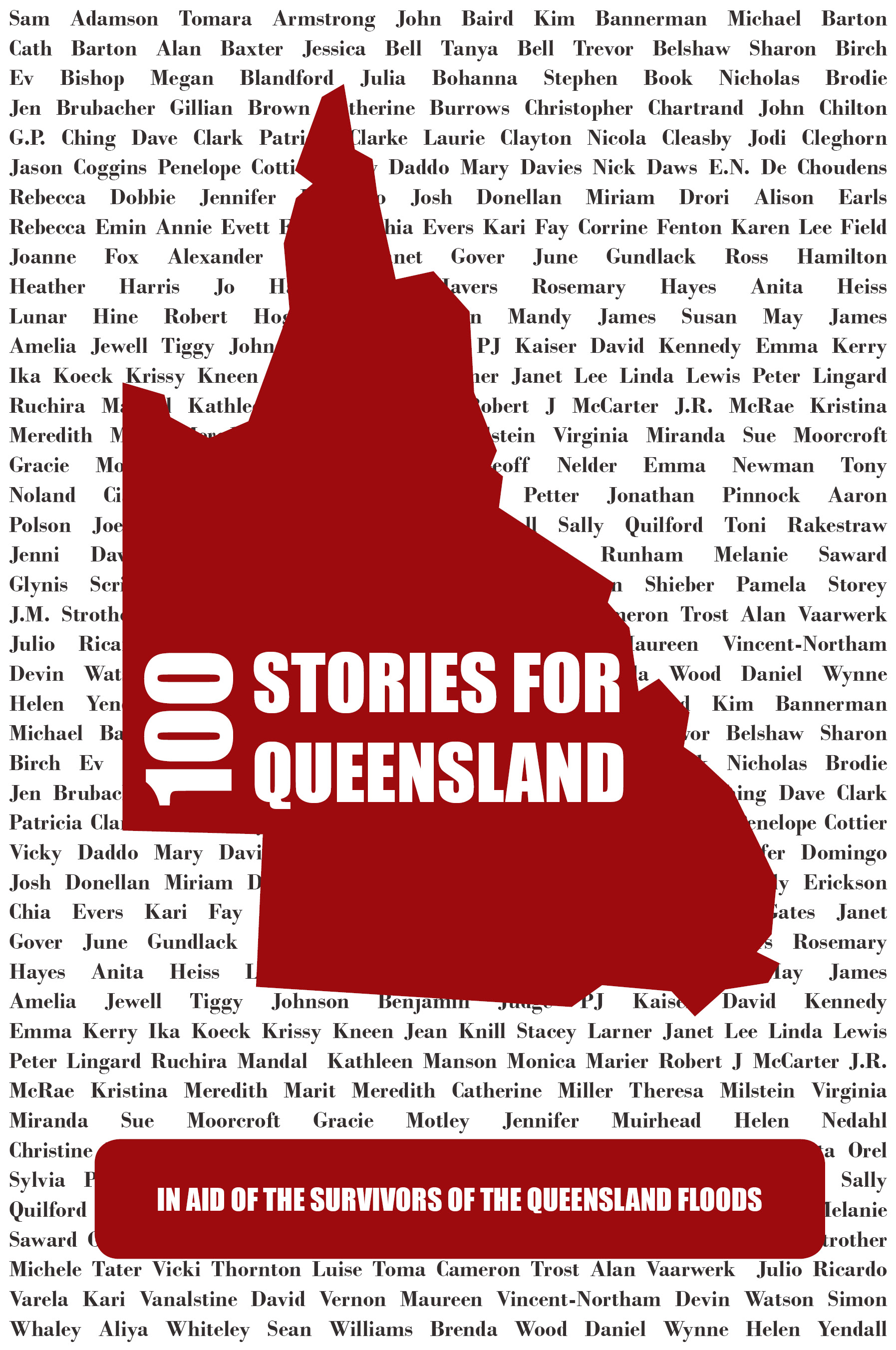And now, part 2 of my post mortem of Tenebrous…
Filming The Beast
Okay, I will say this up front: I didn’t get to witness a whole lot of the principal photography because I took on the responsibility of transportation coordinator/driver. This meant that I spent a great deal of time transporting actors and running various errands for things that simply had to get done.
On a shoot such as this we all ended up wearing multiple hats, and I do not regret my decision in the slightest. It was a task that had to be done, and done reliably. I think I was pretty good at it.
There were, however, a lot of times when I had dropped the talent off on set for makeup and wardrobe, and I could observe more closely. These times were great. I tried to get to know everybody on the crew and their various functions. If I missed you, I apologize. I would be more than happy to know who you are.
One of my fondest memories was sitting down with Zack Wilcox, our sound mixer. On this particular day, I was able to use a Comtek hookup with headphones, plugged directly into the boom mic feed. A small monitor was set up with a video feed at the mixer station as well, so I got to hear and see the process as it happened right then and there. This also happened to be the day that Josie Davis and Costas Mandylor were on for the first time.
Costas Mandylor was a really cool guy and total professional. I got to spend a lot of the time with him because of his short schedule (he had just finished filming Saw IV and flew directly to our set) and he needed to come up to speed quickly on his character and get into the role. I did get to spend some off-set time with him as well, and again, it was another one of those surreal moments, because I remembered him from Virtuosity and Picket Fences. As a matter of fact, Picket Fences was one of those staple shows that was a mainstay while growing up, which made it even more surreal for me to see him up there performing a character I had written.
We tried our hardest to make sure the crew was happy and well-fed. This is extremely important. Like the old saying by Napolean about an army traveling on its stomach, so does a film crew. We had some people in the crew that had particular needs, and we were more than happy to make sure they were taken care of. It is important to find out what those are up front so there is no confusion later.
When I could, I would pop over to Krystal burger and get a couple of 24-packs of Krystal cheeseburgers. If you aren’t familiar with them, Krystal burgers are like White Castles, miniature burgers that fit in the palm of your hand. They went over well. I think I inadvertently got Louis hooked on them.
With such things there is always some friction. Come to expect it and embrace it because it will always happen, no matter how many times you do it or what you do to avoid it. It’s not a bad thing; people are people and everyone’s different. When you put a crew of people together differences will arise.
At the end of the shoot, however, everybody was quite amazed and happy with what we had accomplished. It felt a little anti-climactic to me personally, because I knew that this would not be the end of my roller coaster ride. I left the set on picture wrap with some new friends, newfound knowledge, and a bit more self-confidence in my abilities to make sure things get taken care of.
What I Learned About My Writing
I learned a great deal about myself as a screenwriter. When I finally saw it all being filmed, I realized how I visualize a story. Everything comes to me in long shots or in big, sweeping forms. The mind has basically an unlimited budget and tends to imagine a scene as a whole, so I see it all in one big shot instead of a series of shots, reverses, two-shots, etc. But now that I can put that into words, I can concentrate on improving my own visualization of scenes.
Throughout the whole process I got advice from the actors, the Director, the D.P., and so on. From much of that I have derived some basic tenets to always bear in mind:
- Always have conflict
- Always make the stakes big and the emotion real/tangible/palpable
- Each scene should always progress the story forward in some way
- Give your characters something to do, and express it in terms of “active” or “moving” verbs. Otherwise you just end up with a talking heads picture.

